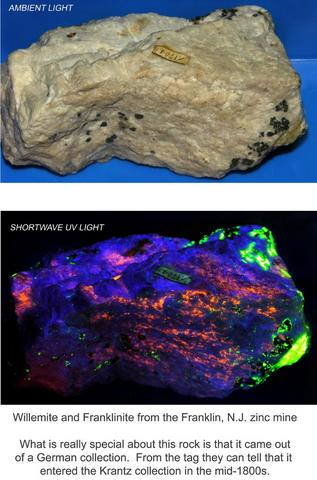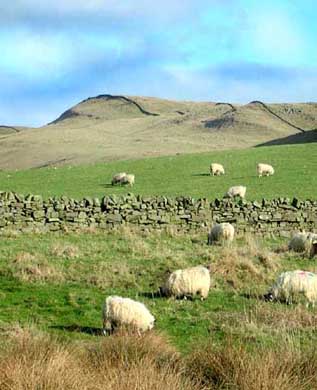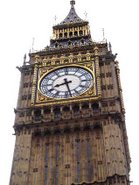Digital Photography vs. Film
I've been taking pictures for well over fifty years now. A few film movies, some medium format still film, but until digital cameras overtook film I mostly used 35mm film. I was the nerdy kid who ran the movie projector in the 4th grade.
At the moment I own 25+ film cameras, including 35mm viewfinders, 35mm SLRs, and a medium format film camera I just adore. I've owned many digital cameras during the last 15 years, but the ones I regularly use currently are my Nokia smart cellphone camera, a Nikon P100 extreme point and shoot, and three Nikon DSLRs, the DX sensor sized D80 and D300s, a nd the 35mm full sized FX sensor D700. My little Leica digital point and shoot also takes stunning pictures.
nd the 35mm full sized FX sensor D700. My little Leica digital point and shoot also takes stunning pictures.
For at least 10 years it has been clear that using digital SLR cameras results in at least as good photographs as 35mm film SLRs. And during the last five years DSLRs have without any doubt grown well beyond 35mm film cameras in virtually every important area that affects picture quality, sharpness, resolution, and color. The one area where 35mm cameras were and are clearly superior was in their size and weight. But by going to a much smaller sensor, and losing some of the image quality, one can easily get to a perfectly good camera which will fit unobtrusively in your shirt pocket.
In the bad old days I had a darkroom full of nasty chemicals. Now I have Photoshop on my computers. It does lots more.
There have been many improvements in these digital cameras during the last 10 to 15 years. Auto focus and letting the camera automatically set aperture, exposure, and sensor sensitivity (ISO) are among them. I have several friends who insist upon manually adjusting all of the settings above; but I think this is just silly (or arrogant) in most situations. I guess I go to full blown manual less than1% of the time. Using aperture priority or shutter priority can be very useful, while still letting your fancy, expensive camera do most of the heavy lifting for you.
- 
Automatic encoding of EXIF data with all important camera information often including GPS location and elevation and copyright information is wonderful. Lens technology has improved too. Most of my 30 year old Nikon lenses will work on my digital SLRs, but in addition to autofocus the new lenses have special glasses like ED low dispersion glass and various coatings which make them function better. Vibration reduction may be one of the finest improvements.
In photography the rule with me, National Geographic, and many others has always been quality through quantity. With digital this is easier than ever. I have a 32 gigabite memory card in my best digital SLR. Indeed one of the important skills one has to master with digital is how to review hundreds of pictures quickly, discarding shamelessly at least 95% of them, and then with the remaining 5% narrowing it down to one or maybe two per area of interest. So one particularly exceptional picture in 100 is still respectable odds. Often it is more like 1 in 250 or less.
Being able to instantly review your picture on the camera's screen, along with graphs and charts showing your exposure can be very useful.
-
-
-
-
-
-
-


























